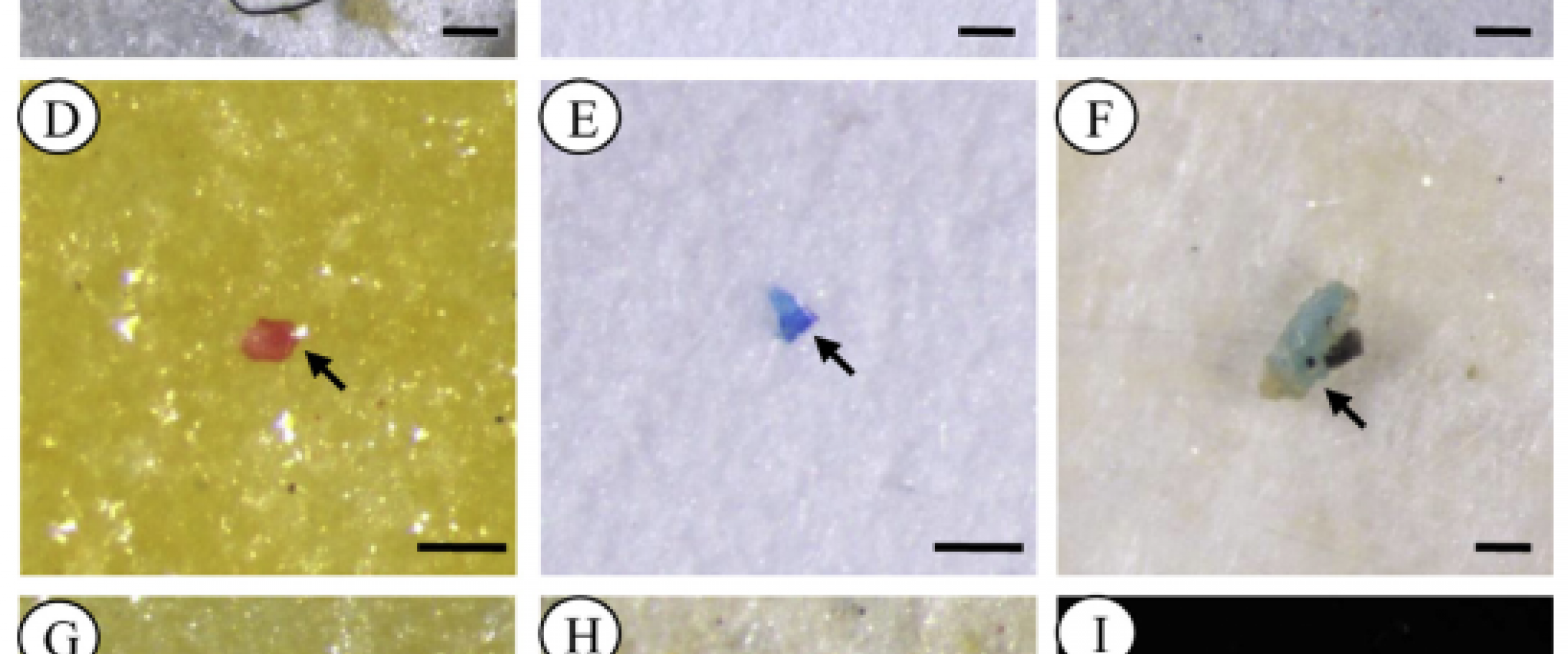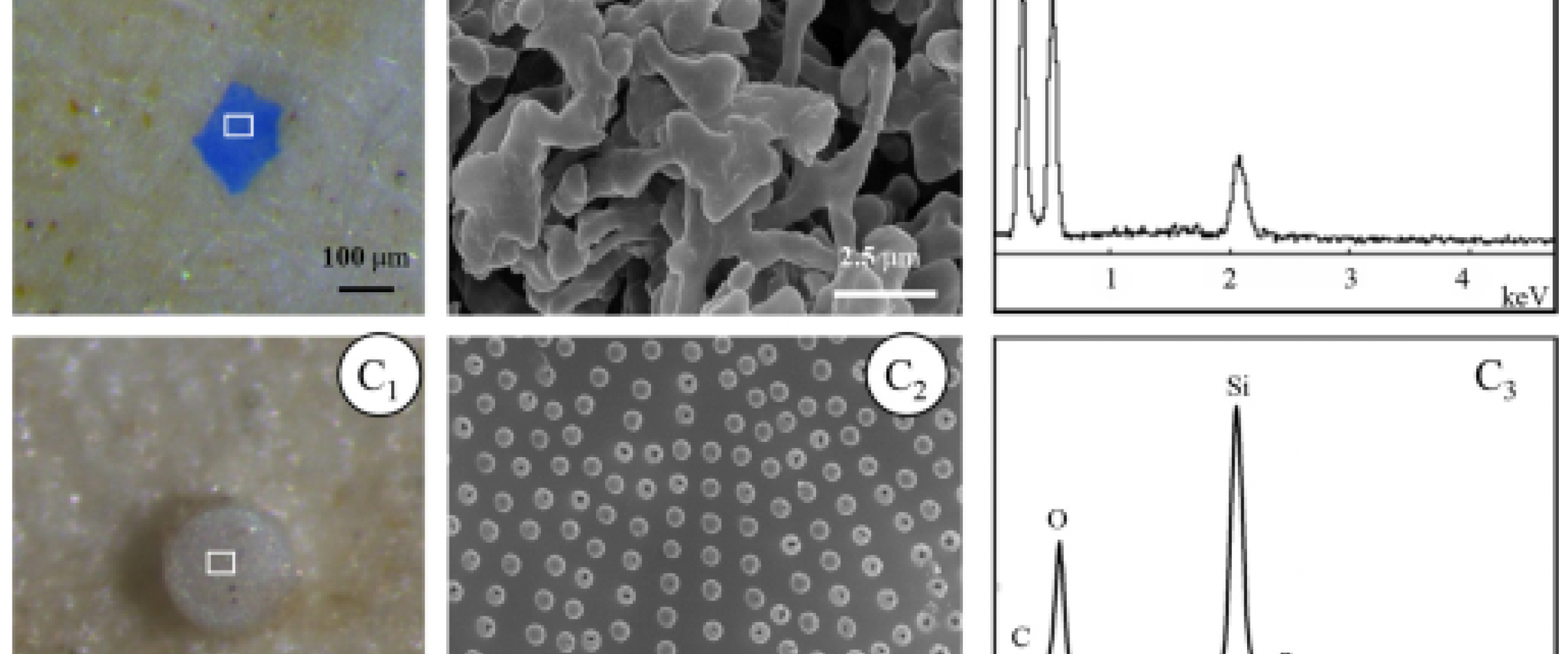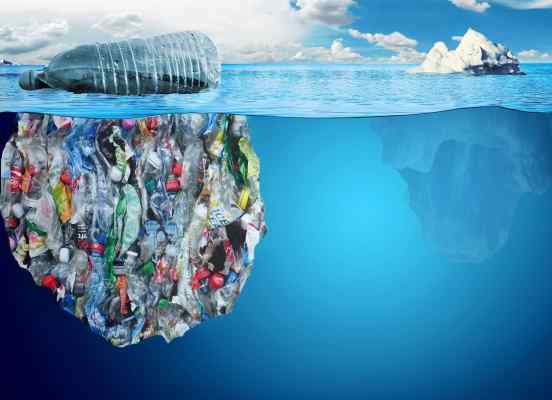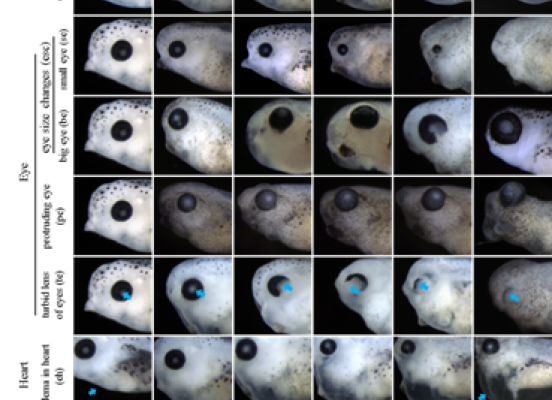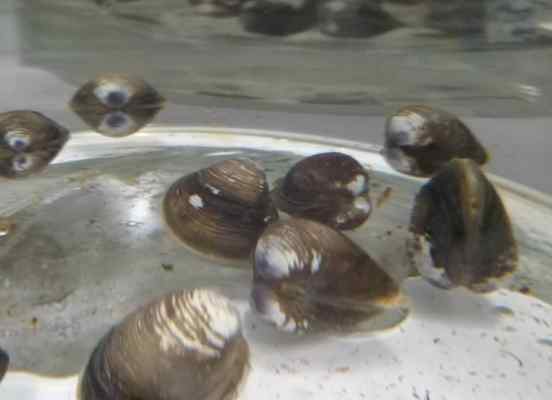Description
Plastic debris can greatly harm the marine ecosystem. The fragments and primary-souced plastics, which are smaller than 5 mm and named as microplastics, have received high attention in recent years. Bivalves are likely to be affected by microplastic pollution due to their filter feeding features. In this project, blue mussels (Mytilus galloprovincialis) will be chosen as the study species. After building high efficient methods to isolate and identify microplastics, we will observe the physical characteristics, analyze the chemical components and determine the types of microplastics. The spatial and temporal distribution of microplastics in mussels will be revealed based on the intensive and seasonal field investigations. The organ-specific distribution characteristics of microplastics in mussels will be elucidated by analyzing the microplastics in different organs. The mussels will be exposed to fluorescently-labeled microplastics with different morphology and sizes in simulation experiments in the laboratory. The absorbtion, bioaccumulation and excludation of microplastic in mussels will be studied. Based on the results above, we will analyze the relationship of microplastic in mussels and the waters. The possibility of using mussels as a bioindicator of coastal microplastic pollution will also be discussed. The reseach findings will provide new understanding of pollution characteristics in biota and scientific basis for the biomonitoring and risk assessment of microplastics.
Areas of research
- Ecotoxicology
- Contaminants in Aquatic Environments
